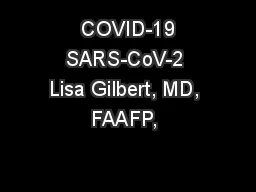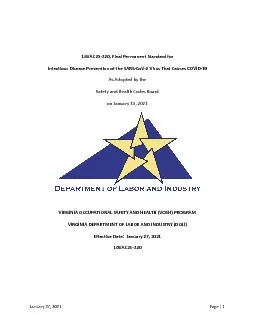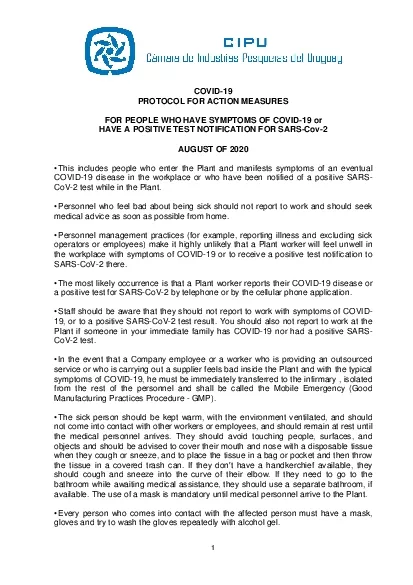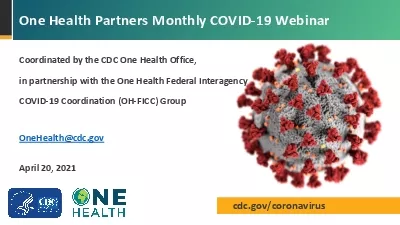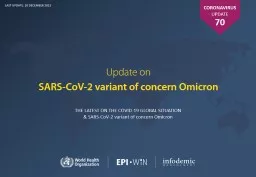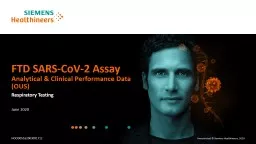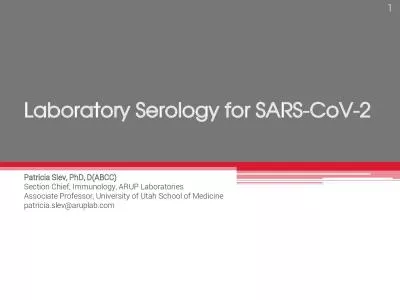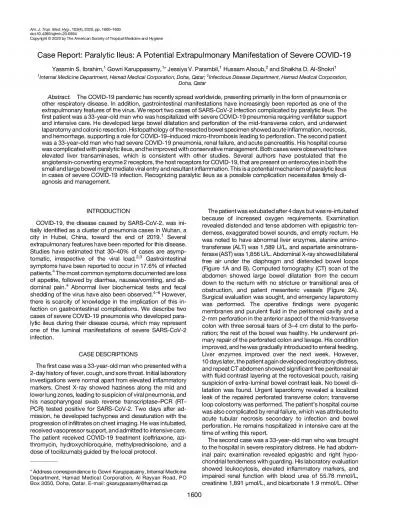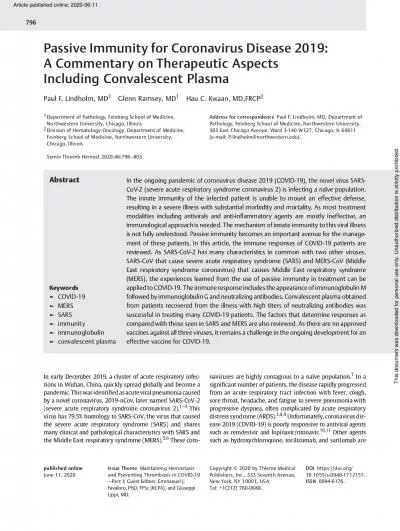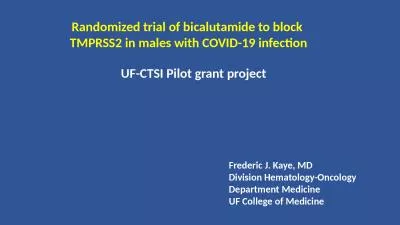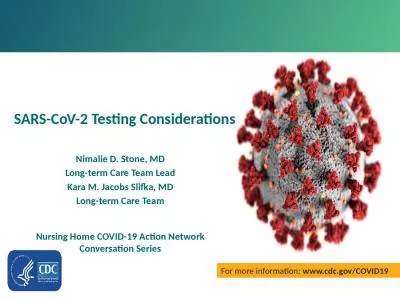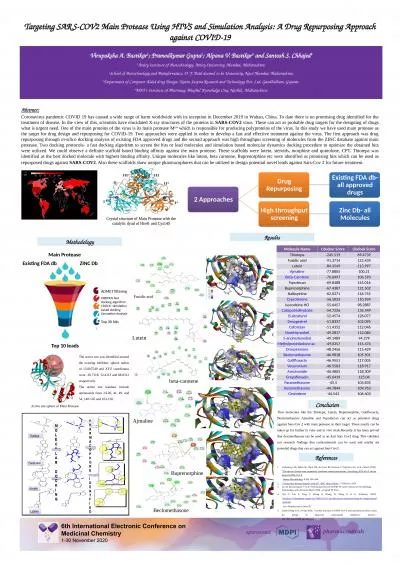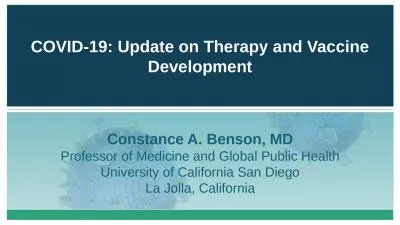PPT-COVID-19 SARS-CoV-2 Lisa Gilbert, MD, FAAFP,
Author : mitsue-stanley | Published Date : 2020-04-03
CTropMed 31720 COVID19 SARSCoV2 2019nCov HCoV19 Disease Virus Name 7 Human Coronaviruses 4 normal 3 novel Alpha HCoV229E HCoVNL63 Beta HCoVHKU1 HCoVOC43
Presentation Embed Code
Download Presentation
Download Presentation The PPT/PDF document " COVID-19 SARS-CoV-2 Lisa Gilbert, MD, F..." is the property of its rightful owner. Permission is granted to download and print the materials on this website for personal, non-commercial use only, and to display it on your personal computer provided you do not modify the materials and that you retain all copyright notices contained in the materials. By downloading content from our website, you accept the terms of this agreement.
COVID-19 SARS-CoV-2 Lisa Gilbert, MD, FAAFP, : Transcript
Download Rules Of Document
" COVID-19 SARS-CoV-2 Lisa Gilbert, MD, FAAFP, "The content belongs to its owner. You may download and print it for personal use, without modification, and keep all copyright notices. By downloading, you agree to these terms.
Related Documents

